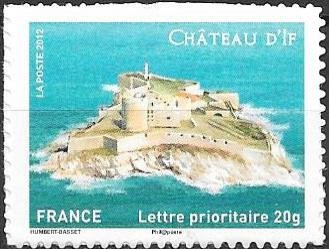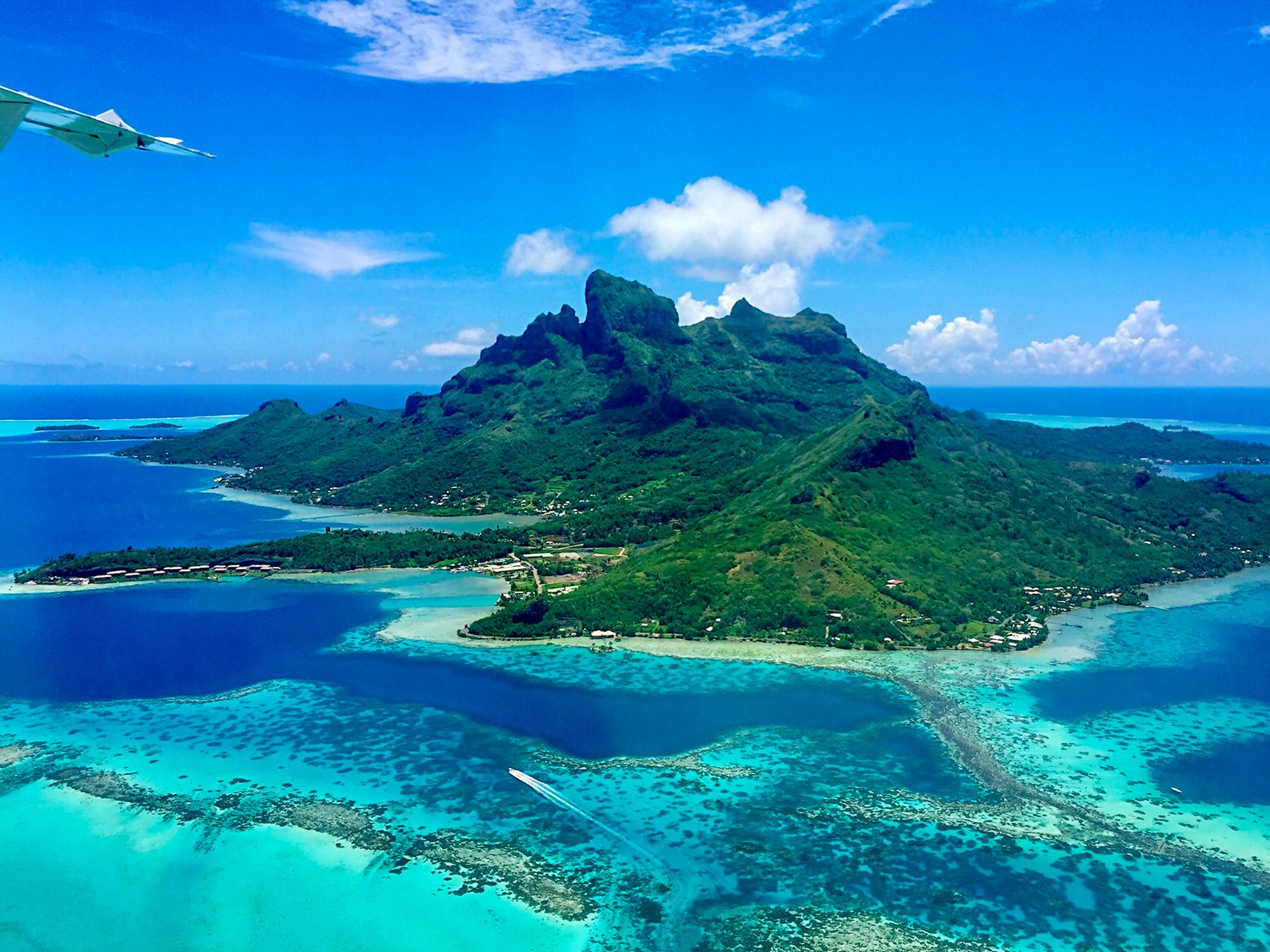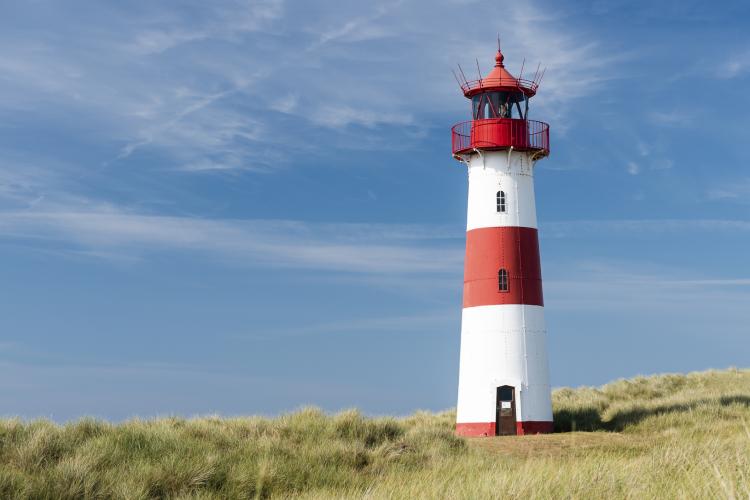Stamp: Castle of If - Provence-Alpes-Côte d'Azur (France 2012)
Castle of If - Provence-Alpes-Côte d'Azur (France 2012)
29 October (France ) within release Castles and stately homes of our regions (1) goes into circulation Stamp Castle of If - Provence-Alpes-Côte d'Azur face value 20 Gram
| Stamp Castle of If - Provence-Alpes-Côte d'Azur in catalogues | |
|---|---|
| Yvert et Tellier: | Yt: FR A722A |
| Michel: | Mi: FR 5374II |
Stamp is horizontal format.
Permanent validity - Priority letter Issued from sheet of 48 stamps on white supportStamp Castle of If - Provence-Alpes-Côte d'Azur it reflects the thematic directions:
Architecture (Latin architectura, from the Greek ἀρχιτέκτων arkhitekton "architect", from ἀρχι- "chief" and τέκτων "builder") is both the process and the product of planning, designing, and constructing buildings and other physical structures. Architectural works, in the material form of buildings, are often perceived as cultural symbols and as works of art. Historical civilizations are often identified with their surviving architectural achievements.
A castle (from Latin: castellum) is a type of fortified structure built in Europe and the Middle East during the Middle Ages by European nobility. Scholars debate the scope of the word castle, but usually consider it to be the private fortified residence of a lord or noble. This is distinct from a palace, which is not fortified; from a fortress, which was not always a residence for nobility; and from a fortified settlement, which was a public defence – though there are many similarities among these types of construction. Usage of the term has varied over time and has been applied to structures as diverse as hill forts and country houses. Over the approximately 900 years that castles were built, they took on a great many forms with many different features, although some, such as curtain walls and arrowslits, were commonplace.
An island or isle is a piece of land, distinct from a continent, completely surrounded by water. There are continental islands, which were formed by being split from a continent by plate tectonics, and oceanic islands, which have never been part of a continent. Oceanic islands can be formed from volcanic activity, grow into atolls from coral reefs, and form from sediment along shorelines, creating barrier islands. River islands can also form from sediment and debris in rivers. Artificial islands are those made by humans, including small rocky outcroppings built out of lagoons and large-scale land reclamation projects used for development.
A lighthouse is a tower, building, or other type of structure designed to emit light from a system of lamps and lenses, and to serve as a navigational aid for maritime pilots at sea or on inland waterways. Lighthouses mark dangerous coastlines, hazardous shoals, reefs, and safe entries to harbors, and can assist in aerial navigation. Once widely used, the number of operational lighthouses has declined due to the expense of maintenance and use of electronic navigational systems.




